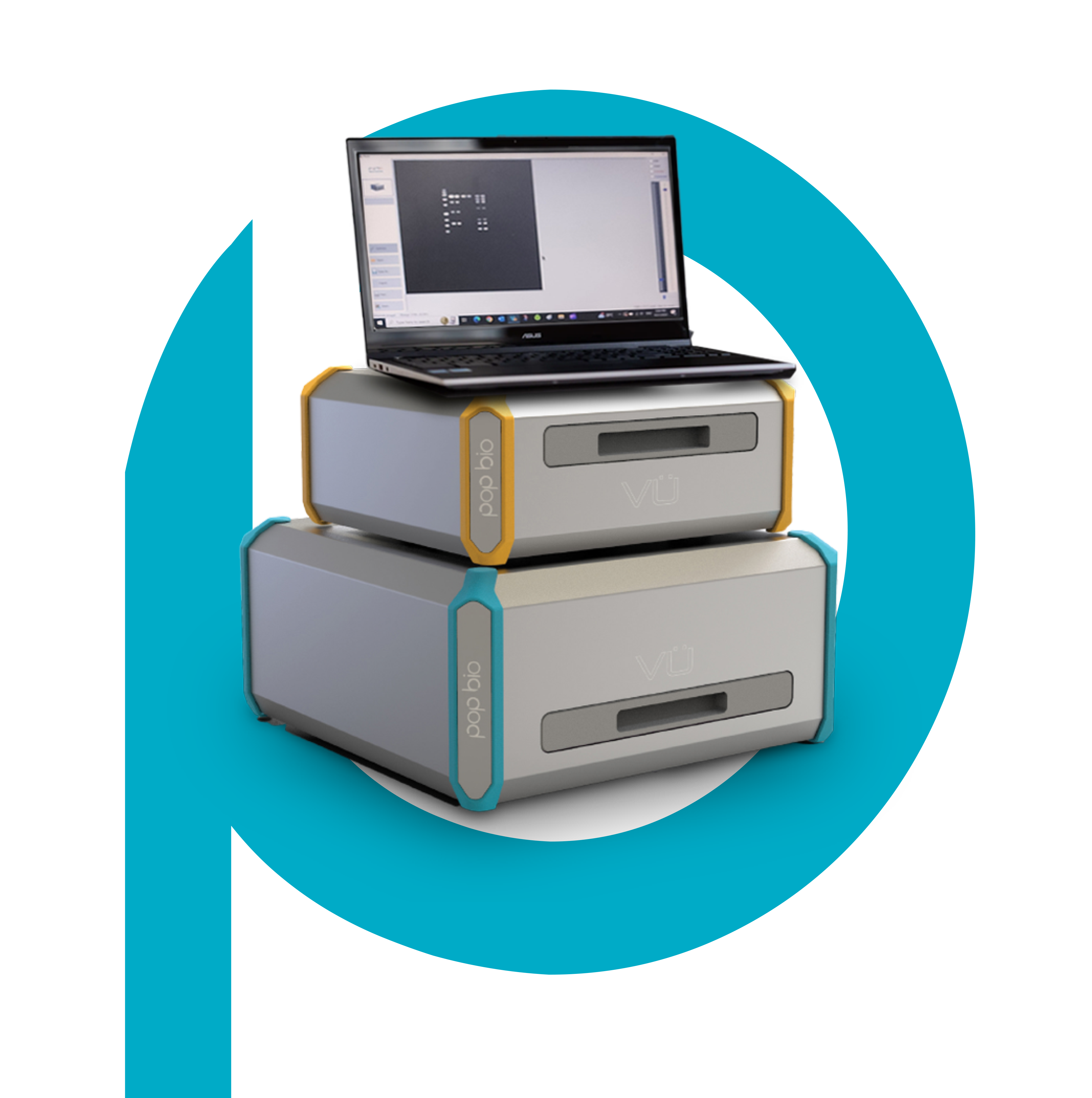
In the scientific field more manufacturers are finding the CMOS sensor can give higher levels of quality and are considerably easier to handle than traditional CCD cameras. The higher resolutions offered by the CMOS sensor and their faster data flow speed have multiplied in recent years such that faster more efficient processors are needed. Fortunately this is another area where technology has advanced now producing good quality, high performance processors which are not only powerful but are also smaller and at lower cost. With scientific budgets being squeeze finding good quality instrumentation that fits both the budget and scientific performance levels has become more difficult. Hence, lower cost imaging but with improved performance like the Pop-Bio Imaging Vü systems are now the perfect solution.
The key features of the CMOS sensor – price, resolution, speed, low noise – are all paramount in
many scientific applications and especially so in the field of gel and blot imaging. Pixel size has also increased to the point where they can be as large if not bigger than CCD’s. The extremely low cost March 2019 of the CMOS sensor means it is also very easy to multiple the number of sensors being utilised but at very little increase in cost since the sensors are considerably cheaper than their CCD counterparts. Using high output LED’s as lighting sources further enhances the ability of the CMOS sensor to capture high quality images. Also, but very importantly, CMOS technology and image processing now makes it possible to take successful images in low light levels. Just look at the ability of the mobile phone to capture night-time images without noise and with sharp definition. These are all features required in the area of gel and blot imaging.
